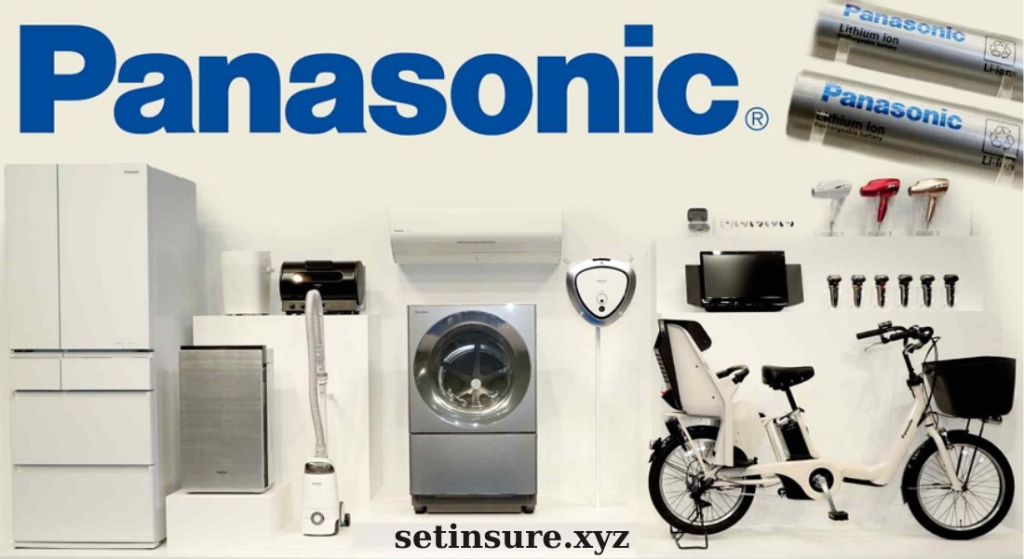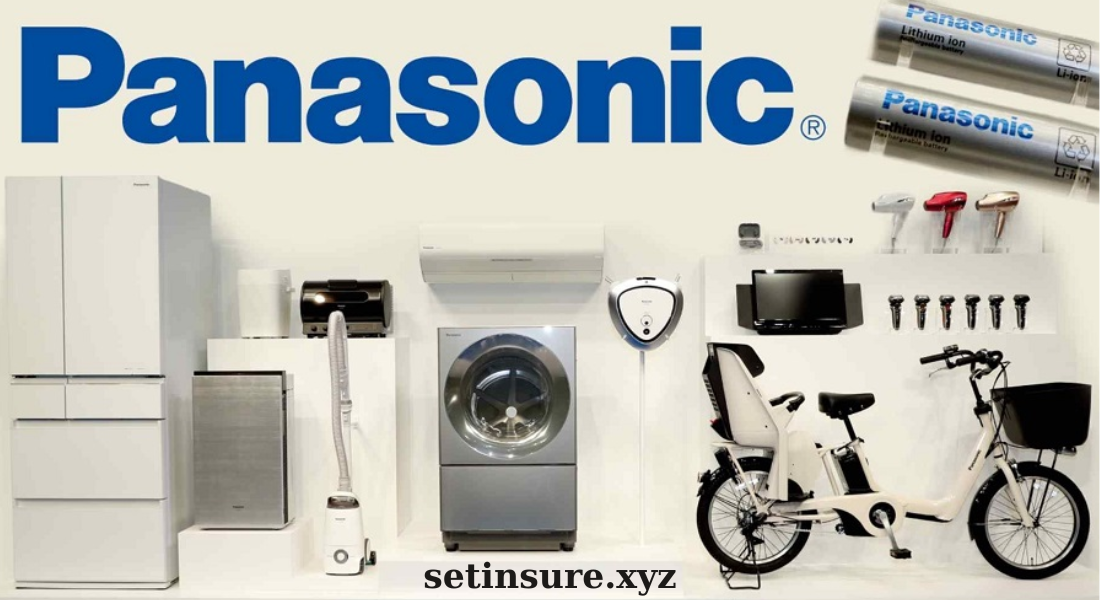Panasonic, a name synonymous with quality and innovation in the electronics industry, boasts a rich history that spans over a century. Founded in Japan, Panasonic has evolved from a small producer of light fixtures to a global leader in consumer electronics, appliances, and technological solutions. This article will explore the fascinating history of Panasonic, tracing its key milestones, innovations, and contributions to the world.

The Early Years: 1918–1940
Panasonic’s history begins in 1918, when Kōnosuke Matsushita founded the Matsushita Electric Housewares Manufacturing Works in Osaka, Japan. Initially focused on manufacturing lamp sockets and light fixtures, the company quickly gained recognition for its quality and craftsmanship. The name “Panasonic” was officially adopted in 2008, but the brand’s roots can be traced back to the early days of Matsushita’s entrepreneurial spirit.
During the 1920s, Panasonic began expanding its product line, introducing various household electrical appliances. By the 1930s, the company had established itself as a major player in Japan’s growing electronics market, developing a reputation for innovation and reliability. Matsushita’s philosophy of “contributing to society through business” laid the groundwork for the company’s future endeavors, emphasizing the importance of customer satisfaction and product quality.
The Post-War Boom: 1940s–1960s
The end of World War II marked a significant turning point in Panasonic’s history. With Japan’s economy in ruins, Matsushita saw an opportunity to innovate and rebuild. In 1951, the company introduced its first transistor radio, which became a massive success and helped to establish Panasonic as a household name.
Expansion into International Markets
Throughout the 1950s and 1960s, Panasonic expanded its reach beyond Japan, establishing subsidiaries in the United States, Europe, and other regions. The company’s commitment to innovation led to the development of groundbreaking products, including the first Japanese-made color television in 1960. This period of rapid growth solidified Panasonic’s position as a global leader in the electronics industry.
Panasonic’s international expansion was not merely about selling products; it involved understanding and adapting to local markets. By establishing manufacturing facilities in various countries, the company could reduce costs and improve distribution, making its products more accessible to a global audience.
Technological Advancements: 1970s–1980s
The 1970s and 1980s were marked by significant technological advancements for Panasonic. The company continued to innovate, focusing on audio and video equipment. In 1971, Panasonic introduced the first home video cassette recorder (VCR), revolutionizing the way consumers viewed media at home.
The Introduction of the Brand Name
In 1980, the company began using the brand name “Panasonic” for its products, reflecting its commitment to quality and innovation. The brand name quickly became associated with high-quality consumer electronics, further enhancing Panasonic’s reputation in the global market.
The Era of Diversification: 1990s
The 1990s saw Panasonic diversifying its product offerings, entering new markets such as mobile communications, automotive systems, and industrial solutions. The company focused on developing cutting-edge technologies, including digital audio, home networking, and flat-panel displays.
Commitment to Environmental Sustainability
During this time, Panasonic also recognized the importance of environmental sustainability. The company launched several initiatives aimed at reducing its environmental impact, including energy-efficient appliances and eco-friendly manufacturing processes. This commitment to sustainability would become a defining characteristic of Panasonic’s corporate philosophy.
Embracing the Digital Age: 2000s
As the new millennium arrived, Panasonic continued to innovate in the rapidly changing technology landscape. The company played a significant role in the development of high-definition televisions and digital cameras, further solidifying its status as a leader in consumer electronics.
The Shift to a Global Brand
In 2008, Panasonic officially adopted its current name, moving away from the Matsushita Electric brand. This rebranding reflected the company’s global aspirations and its commitment to providing innovative solutions across a wide range of sectors. The new branding was accompanied by a renewed focus on creating products that enhance everyday life, from home appliances to cutting-edge technology.
Recent Developments and Future Outlook: 2010s and Beyond
In the 2010s, Panasonic continued to adapt to the evolving technological landscape. The company invested heavily in research and development, focusing on emerging technologies such as artificial intelligence, the Internet of Things (IoT), and sustainable energy solutions. Panasonic’s commitment to innovation has led to advancements in electric vehicle batteries, notably its partnership with Tesla, producing batteries for electric vehicles that have become pivotal in the transition to sustainable transportation.
Corporate Social Responsibility
Panasonic has also embraced corporate social responsibility (CSR) initiatives, focusing on sustainable development and community engagement. The company’s “Panasonic Green Impact” initiative aims to promote environmental sustainability and contribute to society through innovative solutions. This includes efforts in renewable energy, waste reduction, and promoting energy-efficient products.
Innovations in Healthcare and Smart Homes
Recently, Panasonic has expanded its focus into the healthcare sector, developing technologies aimed at improving patient care and medical diagnostics. Additionally, the company has been at the forefront of the smart home movement, offering integrated solutions that allow consumers to manage their homes more efficiently and sustainably. From smart appliances to advanced security systems, Panasonic continues to innovate in ways that enhance the quality of life for its users.
Conclusion
The history of Panasonic is a remarkable journey of innovation, resilience, and growth. From its humble beginnings as a small manufacturer of lamp sockets to its current status as a global leader in electronics and sustainable technology, Panasonic has continually adapted to meet the changing needs of consumers and the environment.
Through its commitment to quality, innovation, and corporate responsibility, Panasonic has made a lasting impact on the world. As the company looks to the future, its focus on sustainability and technological advancement will undoubtedly continue to shape the global landscape.
Keywords: Panasonic history
In summary, Panasonic’s history is a testament to the power of innovation and adaptability. As the company continues to evolve, its legacy will serve as an inspiration for future generations in the world of technology and beyond. With a strong foundation and a forward-thinking approach, Panasonic is well-positioned to continue making significant contributions to the global community, paving the way for a brighter, more sustainable future.



